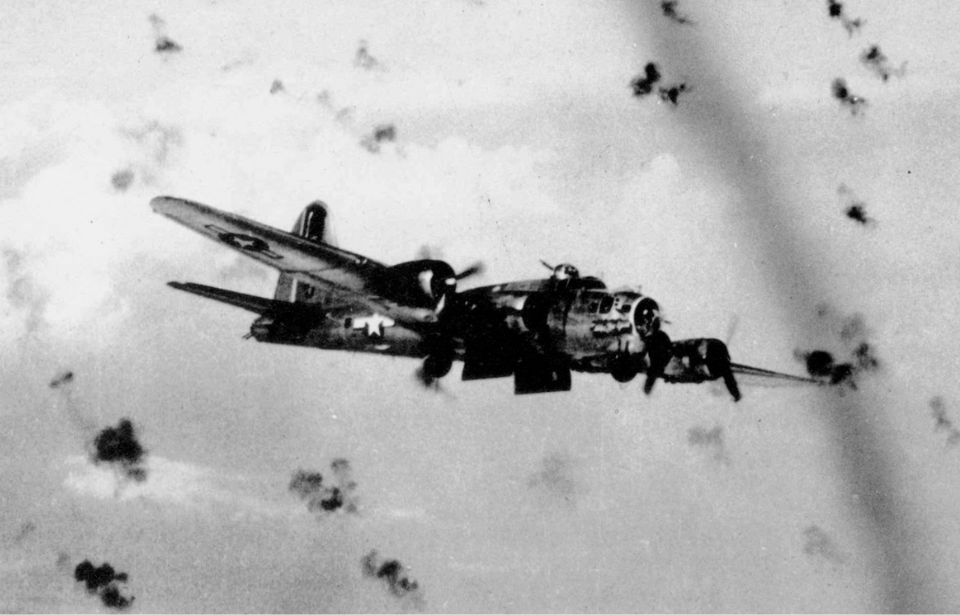On November 29, 1943, tail gunner Eugene Paul Moran narrowly escaped a potentially disastrous crash aboard a Boeing B-17 Flying Fortress. During a mission over Germany, his bomber was hit and broke apart. Normally, such an incident would have resulted in no survivors, especially not the tail gunner. Yet, against all odds, Moran survived the crash.
This is the extraordinary true story of an ordinary tail gunner who defied expectations after being shot down by the enemy.
Enlisting in the US Army Air Forces (USAAF)
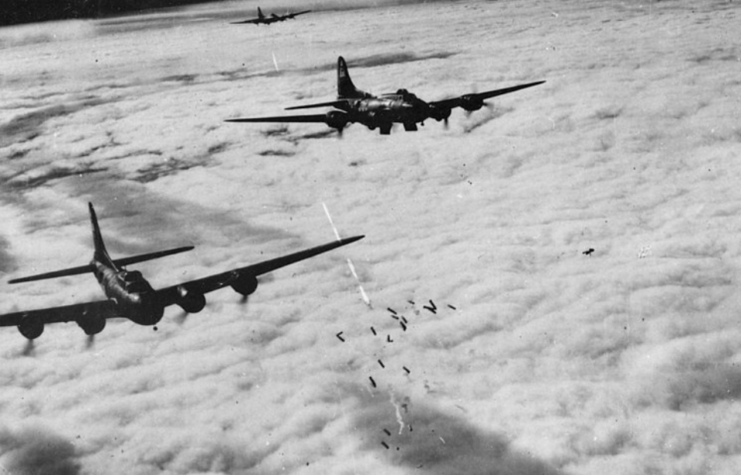
Eugene Moran was born on July 17, 1924, in Wisconsin, where he spent his early years laboring on his family’s farm near Soldiers Grove. Upon the outbreak of World War II, he answered the call to serve his country overseas, rather than to continue his work of shoveling horse manure. Motivated by the Japanese attack on Pearl Harbor, he enlisted in the US Army Air Forces (USAAF).
Just like many others of his generation, Moran was barely 18 years old when he enlisted in October 1942. After completing his training, he was assigned to the 96th Bombardment Group, 339th Bombardment Squadron, Eighth Air Force.
Eugene Moran enters the fight
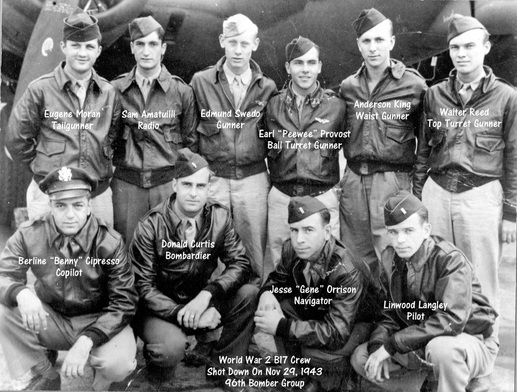
Now in the fight, Eugene Moran became a tail gunner aboard the B-17 Flying Fortress Rikki Tikki Tavi, after the mongoose in the Rudyard Kipling novel, The Jungle Book. He, along with the nine crewmen, were stationed at RAF Snetterton Heath, tasked with flying daytime bombing runs over Germany.
Moran and the rest of Rikki Tikki Tavi‘s crew had only completed four missions when disaster struck.
Disaster strikes the Boeing B-17 Flying Fortress Rikki Tikki Tavi
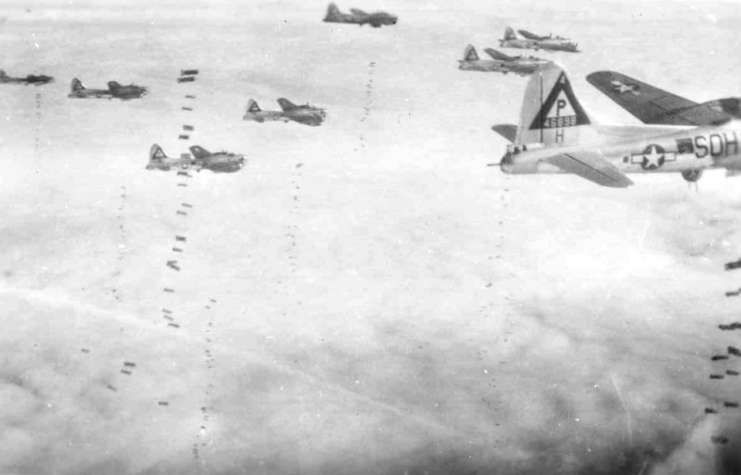
On November 29, 1943, Rikki Tikki Tavi was joined by other B-17s of the Eighth Air Force, on their way to Bremen, Germany. After successfully releasing their payload over the city, Rikki Tikki Tavi lagged behind the other aircraft and became the sole target of the German defenses.
The B-17 was damaged from attacks both in the air and from the ground. Eight crew members were killed, leaving only Eugene Moran and the bomber’s navigator alive. The navigator, positioned in the forward section, bailed out successfully, while Moran remained trapped in the tail section.
Things go from bad to worse
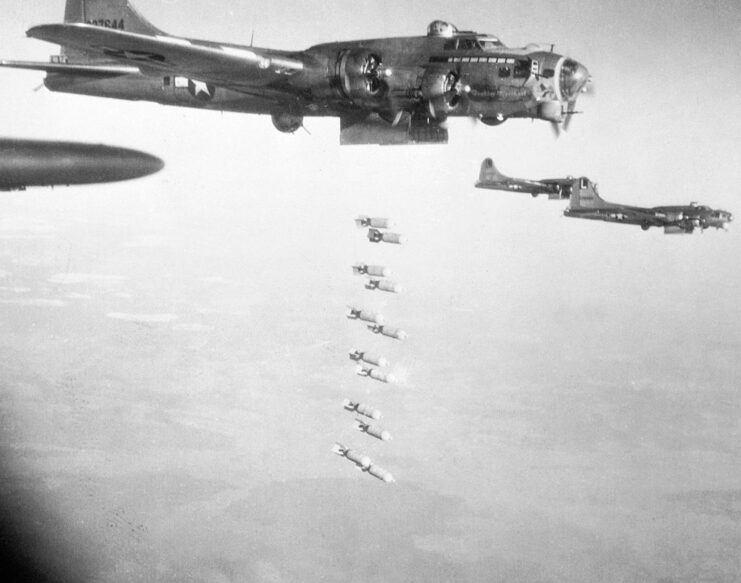
Despite the dire circumstances, things were about to get worst. Before Eugene Moran could react, German flak hit Rikki Tikki Tavi, ripping it apart. The tail section, just ahead of the vertical and horizontal stabilizers, managed to stay intact. Moran tried to open a hatch to escape, but it was stuck.
Luckily, the tail section fell less violently than the rest of the B-17, allowing Rikki Tikki Tavi’s tail to glide relatively smoothly.
Eugene Moran fought until the very end
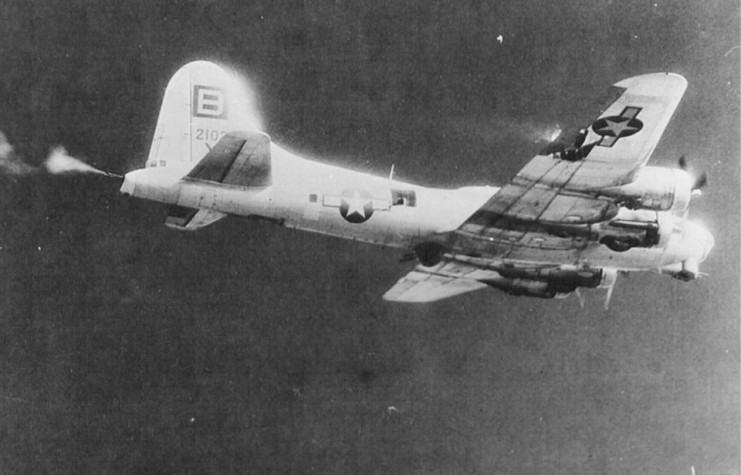
For most people, survival would have been their first priority. With that out of his hands, Eugene Moran continued to fight until he reached the ground. He fired his two M2 Browning machine guns at the Luftwaffe-flown Messerschmitt Bf-109s that continued to attack him. Seeing a seemingly unknown aircraft above, the German flack batteries also continued firing at Moran.
A few moments later, the tail section of Rikki Tikki Tavi glided down to earth, stopping abruptly when it flew into a tree. Moran was alive, but badly injured. He was bloodied and had a cracked skull from when his head was thrown against his machine guns upon impact. He’d also sustained broken ribs and forearms. Moran was attended to by two Serbian prisoners of war (POW), who were doctors. They’d seen the crash and rushed to help.
Surviving his time as a prisoner of war (POW)
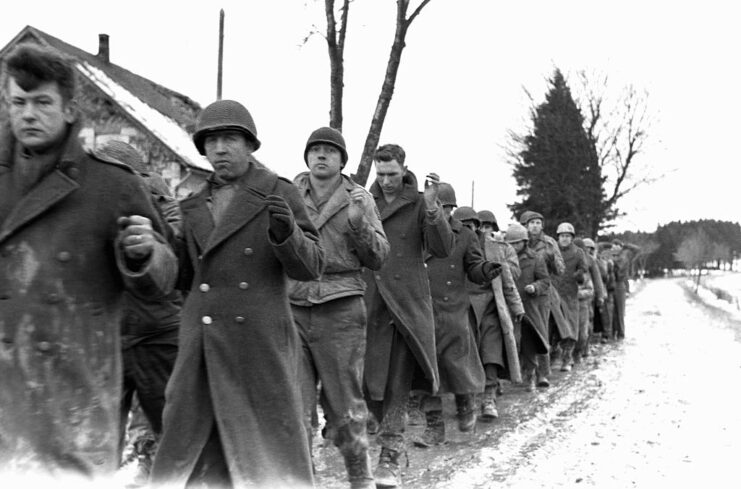
Luckily, the American tail gunner went on to make a full recovery. That being said, he wasn’t out of the woods. Over the course of 17-18 months, Eugene Moran was moved to different prisoner of war camps in Germany, Russia and Poland, and also survived a 600-mile march between February and April 1945.
Want War History Online‘s content sent directly to your inbox? Sign up for our newsletter here!
On April 26, 1945, Moran, weighing only 128 pounds, was liberated by his fellow Americans in Bitterfeld, Germany. Upon his return to the United States, he was awarded two Purple Hearts, the Air Medal with Gold Leaf Cluster, the Good Conduct Medal and the European Theater Award.
